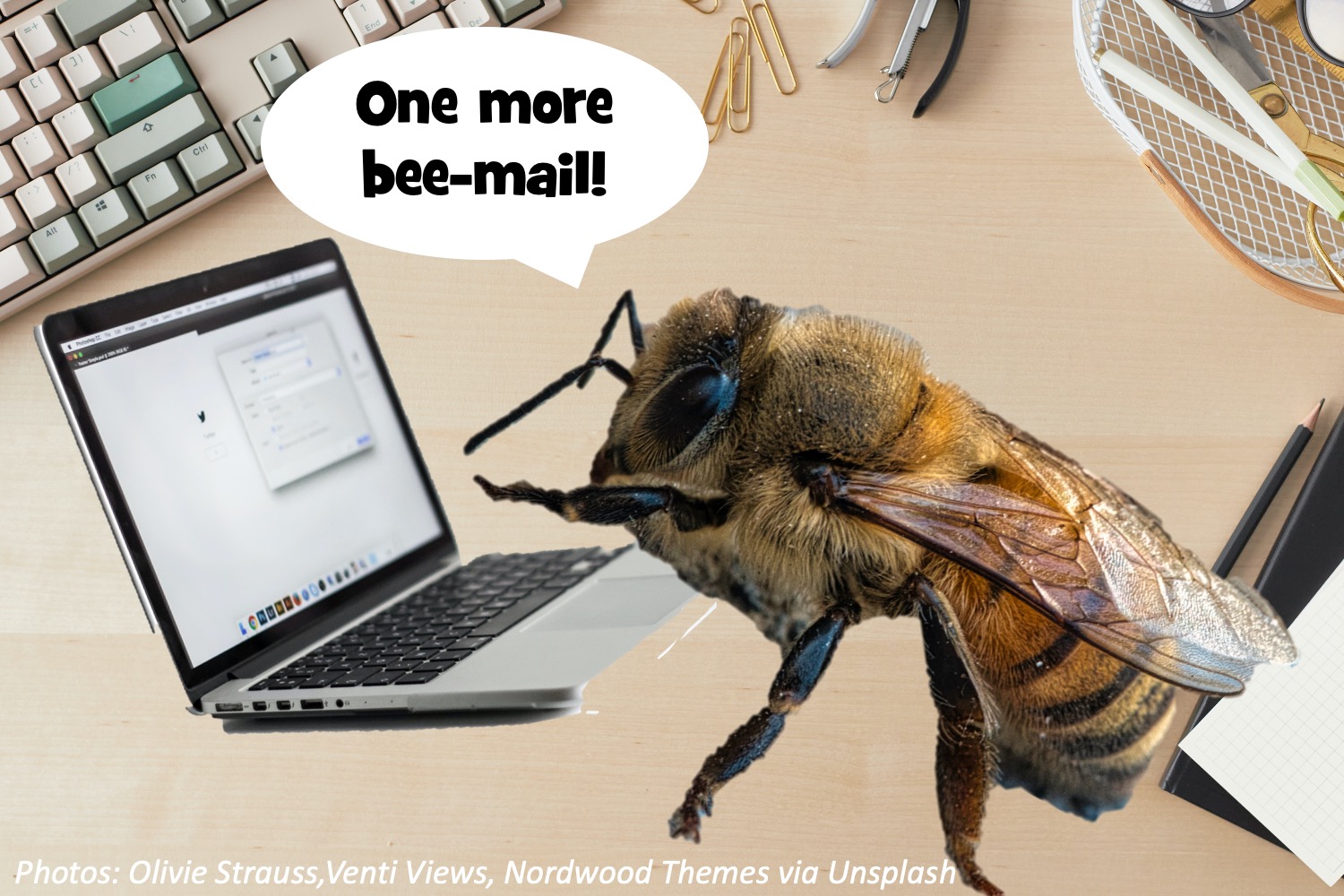When people work really hard, we say they’re “busy as a bee.” These cute, fuzzy bugs fly among the flowers and carry pollen from one to the next. This helps fruits and veggies grow. Honey bees also gather sticky “nectar” from the flowers, then dry it out by fanning their wings 200 times per second. In its short 6-week life, one bee makes only 1/12 teaspoon of honey. But a hive of 60,000 bees can make enough honey for itself AND an extra 100 pounds for us!
Wee ones: Like all insects, a bee has 6 legs. Is that more or fewer legs than you have?
Little kids: If a bee lands on a yellow tulip, then a pink tulip, then a yellow, then a pink, and keeps repeating, what colors are the next 2 flowers? Bonus: Bees fly about 15 miles per hour. If you can ride your bike 1 mile per hour faster, how fast are you?
Big kids: In early spring a hive has about 10,000 bees, but by summer it can have up to 60,000. Can you count by 10,000s from 10,000 to 60,000? Bonus: If a jar of honey has 20 tablespoons of honey, and each bee makes 1/12 of a teaspoon, how many bees made that jar of honey? (Reminder if needed: A tablespoon has 3 teaspoons in it!)
Answers:
Wee ones: More legs, since 6 is more than 2.
Little kids: Yellow, then pink. Bonus: 16 miles per hour.
Big kids: 10,000…20,000…30,000…40,000…50,000…60,000. Bonus: 720 bees. There are 60 teaspoons in the jar (20 x 3), and each one needs 12 bees.



